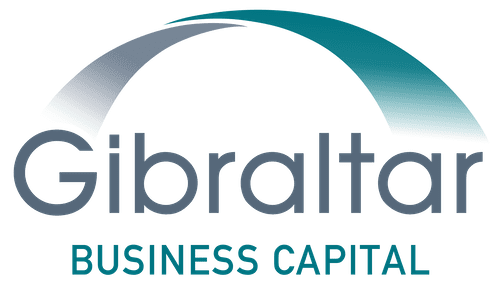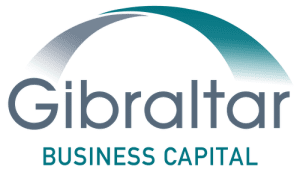There are a few terms and concepts that it’s helpful to know when you are applying for an asset-based loan based on your accounts receivable. This knowledge can help you understand what to expect from the process and, ultimately, the terms of your loan facility.
How Much Can You Borrow
The first thing an asset-based lender will need to determine is your borrowing base. Your borrowing base is the total amount of collateral your lender will be using to set an upper limit on how much debt your company can obtain.
A lender typically limits the amount of a loan to a percentage of the borrowing base. This advance rate or LTV (loan to value) ranges from loan to loan. A lender will generally set the advance rate for A/R from about 70% to 90%. Numerous variables influence this advance rate, including the payment terms your business sets, the time it takes specific customers to pay, the credit strength of each customer, and the size/diversification of your customer base.
Why Not All A/R Is Treated Equally
Because some of the factors used to set your advance rate affect specific customers rather than your entire customer base, your asset-based lender (ABL) may not treat all of your receivables as equal. For example, an ABL could set an LTV of 80% on certain receivables, while other receivables have a lower LTV based on who the customer is or whether that customer represents a concentration of your business. Any account with amounts owed over 90 days could be excluded altogether. Your lender may also specifically exclude any receivables for which your company has granted unusually long payment terms.
There are other types of receivables that could also be excluded from your borrowing base because they are potentially less liquid and riskier than other A/R.
Foreign A/R– This can be excluded because of the difficulty involved in collecting from foreign customers. Language barriers, cultural differences, time zone differences and sheer distance can present challenges.
Uninsured A/R – There is a greater chance that a business will experience a loss within its accounts receivable than any other asset. Yet, many companies leave their A/R unprotected against customers failing to pay what they owe.
Cross-Aged A/R – Cross-aging accounts receivable is a way of identifying delinquent accounts. Once a certain percentage (often 25%) of receivables for a customer account is overdue, then the entire account is considered equally overdue or “cross-aged.”
Highly dilutive A/R – Dilution is the difference between the face amount of an invoice or group of invoices and what the company typically collects from that particular customer. It doesn’t matter, for this purpose, what happened to the remaining balance — bad debt, discounts for early payment, collection fees, rebates, etc. The greater the amount of dilution typically experienced, the greater the risk to your lender and the lower your advance rate might be for that specific account or group of accounts as a whole.
The Importance of Best Practices
When your borrowing base is derived in any part from your accounts receivable, it can be expected to change over time. The goal, however, is to minimize downturns by maintaining or increasing your sales and following effective invoicing and collection processes. Effective practices increase the quality of your assets and improve your financing options.
Your asset-based lender will be looking for evidence of the effectiveness of your invoicing and collection processes in your turnover rates and accounts receivable days (average amount of time receivables are held before they are collected).
Reporting Requirements for an Asset-Based Loan
You may be asked to submit a borrowing base certificate to your lender at the end of each reporting period during the term of your asset-based loan. The borrowing base certificate itemizes the amount of outstanding accounts receivable at the end of the reporting period. It also generally divides them into age brackets defined by the lender. From this information, the maximum allowable borrowing limit is calculated and compared to the amount currently borrowed.
A monthly receivable aging report may also be requested by your lender to analyze and trace details or account for eligibility of specific accounts.
The lender uses the borrowing base certificate to monitor whether the amount of debt available needs adjustment. If the amount of debt outstanding exceeds the amount of accounts receivables, then you may be responsible for paying this difference to the lender.
Accounts Receivable and Asset-Based Lending—Learn More
At Gibraltar, our ABL experts take the time to understand your company and its specific situation, so we can develop responsive and innovative solutions to your financing needs. Talk to a member of Gibraltar’s professional and experienced sales team to learn more about how your accounts receivable can help you attain the flexible financing you need to grow your business.


